Fields of Study
- Analytical Chemistry
Areas of Interest
The main thrust of research in the Thompson laboratory is the development of new techniques for the label-free detection of biochemical events at the liquid-solid interface. The goal is to generate new technologies for application in bioanalytical chemistry and detection science, notably in the areas of clinical diagnostics, biocompatibility and nanotoxiciology. The work is highly interdisciplinary in character and involves activities ranging from the design and construction of new instruments to theoretical calculations. Research staff possesses multidisciplinary expertise including such areas as basic electronics, surface chemistry, biochemistry, computational methods, and materials science.
With respect to applications the group is employing an ultra high frequency acoustic wave system for the detection of biomarkers for HIV infection and onset of ovarian cancer, and neuron-small molecule/nanoparticle interactions. This work involves research into the surface-immobilization of proteins and aptamers, with a particular emphasis on electronic device operation in complex media such as blood and serum.
The surface chemistry of bio-macromolecules is also the focus of research into aspects of implant biocompatibility. In particular, the group is studying the surface modification of stainless steel stents, which are expandable cylindrical scaffolds that are implanted within narrowed arteries. This effort concerns the development of an antibody fragment-modified implant that binds endothelial progenitor cells through coupling with linker silane molecules, thus offering considerable potential for the enhancement of stent biocompatibility. Research conducted by the group is also centered on the design and construction of new instruments for the study of proteins, nucleic acids and cells at interfaces. In this respect the group has developed a scanning Kelvin nanoprobe which produces tandem images of surface work function and topography. The system is being employed in the analysis of DNA and protein microarrays and in general materials science applications.


